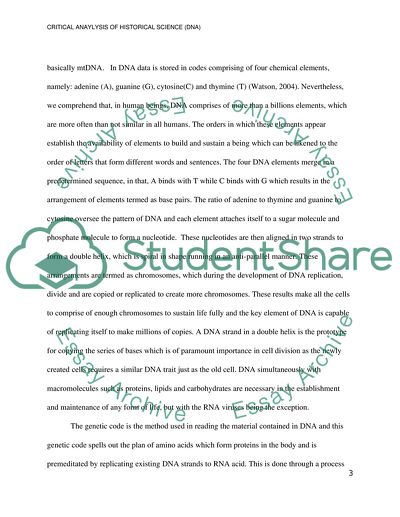Cite this document
(“Philosophy and nature of science class (PhD level)- about Critical Essay”, n.d.)
Philosophy and nature of science class (PhD level)- about Critical Essay. Retrieved from https://studentshare.org/education/1585672-philosophy-and-nature-of-science-class-phd-level-about-critical-analysis-of-historical-science-example-dna
Philosophy and nature of science class (PhD level)- about Critical Essay. Retrieved from https://studentshare.org/education/1585672-philosophy-and-nature-of-science-class-phd-level-about-critical-analysis-of-historical-science-example-dna
(Philosophy and Nature of Science Class (PhD Level)- about Critical Essay)
Philosophy and Nature of Science Class (PhD Level)- about Critical Essay. https://studentshare.org/education/1585672-philosophy-and-nature-of-science-class-phd-level-about-critical-analysis-of-historical-science-example-dna.
Philosophy and Nature of Science Class (PhD Level)- about Critical Essay. https://studentshare.org/education/1585672-philosophy-and-nature-of-science-class-phd-level-about-critical-analysis-of-historical-science-example-dna.
“Philosophy and Nature of Science Class (PhD Level)- about Critical Essay”, n.d. https://studentshare.org/education/1585672-philosophy-and-nature-of-science-class-phd-level-about-critical-analysis-of-historical-science-example-dna.


